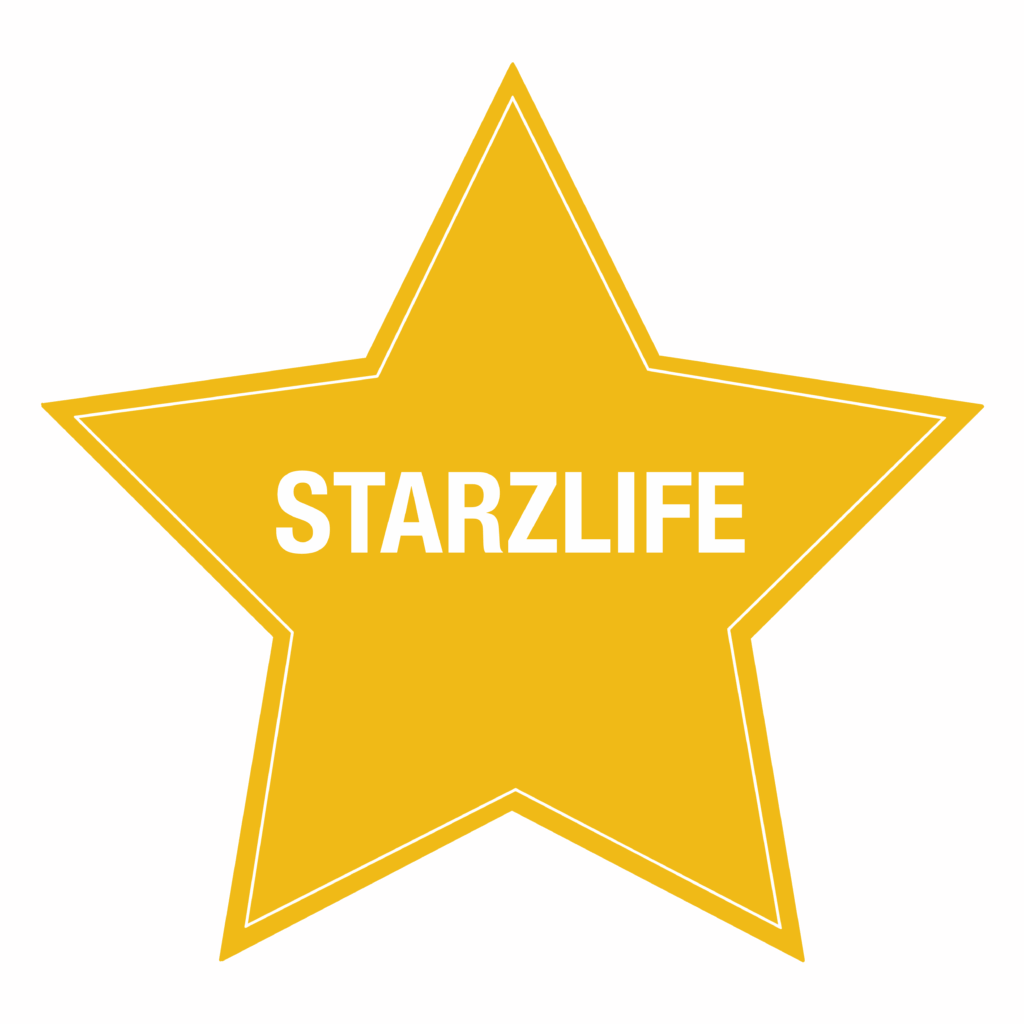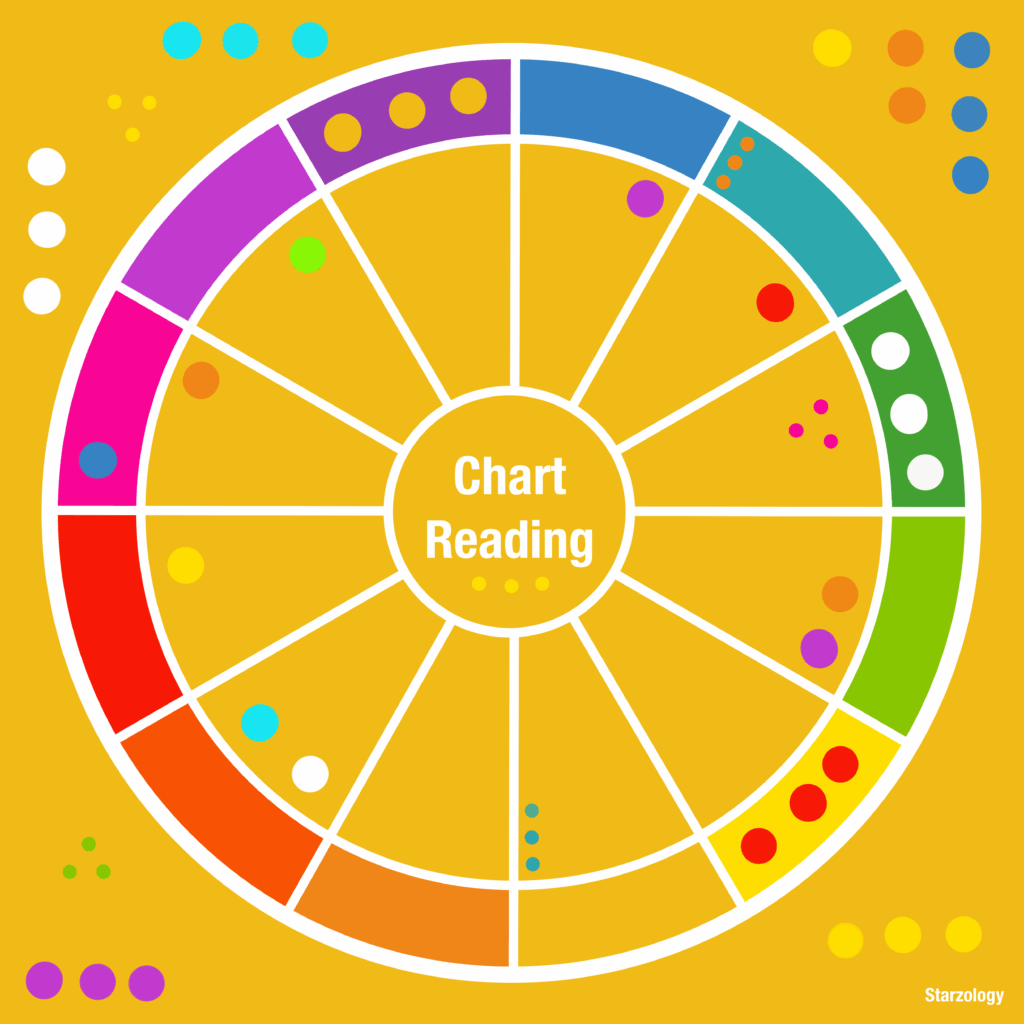In astrology, there will be a transiting URANUS trine PLUTO aspect which unfolds during 2025-2028. Learn more about this transit.

Pluto Transits Change Lives
Author: Alison Price – Published: November 2024
Pluto Transits Change Lives
Often astrology jogs along with not much happening. Moons come and go, the Sun trots thorough the signs in a predictable manner and Mercury and Venus follow suit. But now and then big things happen. This week we will witness the most important shift of planetary energy for a while. The biggest ingress this year is the final move of Pluto into Aquarius on November 19, 2024. Pluto has recently dallied in and out of the sign of the Water Bearer for many months. Pluto will be in Aquarius until 2043. It leaves Capricorn for Aquarius not to return to this sign for about 240 years. Let’s just get a refresh about the themes that Pluto brings to our charts.
How Pluto Transits Change Lives
Transformation and Rebirth
In astrology, Pluto is associated with several significant themes many of which are life changing and deeply personal. Pluto is linked to profound, sometimes difficult life transitions that lead to personal growth or renewal for us mere mortals. I like to use the analogy of the caterpillar to a butterfly to express Pluto’s effect on people’s lives.
Sequence of Transformation
Butterfly
Here are some of my ideas on the sequence of events which unfolds as transiting Pluto makes an aspect to a natal planet. The conjunction is the strongest, but oppositions and squares (especially to the natal Sun or the chart ruler) can wreak havoc for some people as their whole life faces upheaval.

Step 1: Initiation
Enters Pre-shadow: First contact (direct)
The caterpillar, content in its current form, represents our initial state. Plutonian energy comes into play. This is the first indication of the transit of Pluto. Things that begin to unfold now are indicators of what will be transformed by the full transit of Pluto.
Step 2: Dissolution
Station Retrograde
The caterpillar enters the chrysalis and begins to break down. This mirrors Pluto’s association with endings and letting go of old forms. It can be uncomfortable or even feel like a “death” of sorts. This is a turning point and things begin to decay.
Step 3: Unseen Transformation
Retrograde Period: Second Exact Contact (Rx)
Inside the chrysalis, the caterpillar undergoes a profound change. This hidden process reflects Pluto’s connection to the unconscious and unseen forces at work beneath the surface. This reversed energy suggests the time needed to break down old patterns, relationships and attitudes before something new can spark.
Step 4: The Struggle
Station Direct
The butterfly must struggle to emerge from the chrysalis, building strength for its new life. This point, the station, parallels the challenges often associated with Plutonian transformations. Now is the first peek of the potential outcome of the transit, but things can still change.
Step 5: Emergence
Third Contact (Direct)
Finally, the butterfly emerges as a completely new form with new capabilities. This represents the rebirth and renewal aspect of Pluto. The final direct pass is the time when what has changed over the period gone before, can be seen. There is likely to be a new order. Transformations that occurred recently are likely to be completed now.
Step 6: New Perspective
Clears the After-shadow
The butterfly can now fly, to see the world from a whole new vantage point. This symbolizes the profound shift in perspective that often accompanies Plutonian experiences. Just as the caterpillar could never imagine its future as a butterfly, Plutonian transformations are often seen as taking us beyond what we thought possible, through a process that may be challenging, but it ultimately leads to growth and a new way of being.
⠀
I use this caterpillar/butterfly analogy to help illustrate why Pluto, despite its association with difficult experiences, is not seen as wholly negative, but rather it can be a catalyst for necessary and beneficial change.
⠀
5-Hit Transits
Note that Pluto will make a 3-hit transit direct-retrograde-direct. However, it frequently makes a 5-hit transit to any point in the natal chart, direct-retrograde-direct-retrograde-direct. If this is the case, the transformation takes longer. The highs and lows can be expected at the third and fourth exact contacts. If this is your client’s chart, you need to carefully speak about the roller-coaster ride that they are on if Pluto is closely transiting their chart.

Pluto Keywords
Power
This planet is associated with issues of power dynamics, manipulation and the struggle for control both internal and external.
Hidden
Pluto represents hidden aspects of your psyche, repressed memories and deep-seated psychological patterns.
Intensity and Depth
Pluto’s energy is intense, passionate and focused on getting to the core of matters.
Death and Regeneration
Symbolically, Pluto represents the cycle of ending and new beginnings, both literally and metaphorically.
Sexuality and Intimacy
Pluto is linked to the more primal aspects of sexuality and deep emotional connections.
Healing and Catharsis
The process of confronting and overcoming deep-seated issues is often attributed to Plutonian influence.
Obsession and Compulsion
Pluto is sometimes associated with obsessive behaviors and the drive to pursue something at all costs.
Collective Movements
On a larger time scale, Pluto is often interpreted as influencing generational shifts and societal transformations.
In natal charts, Pluto’s position by house indicates areas of life where you might experience intense focus, transformative experiences, or power struggles.
Reclassification
Dwarf Planet
Pluto was discovered in 1930 and was considered the ninth planet until 2006 when Pluto was demoted from being a main solar system planet to being reclassified as a dwarf planet. At the same time Ceres, an asteroid, was upgraded to dwarf planet status alongside Pluto. This was a time when many conventional astrologers started to work with Ceres into their charts. The unusual orbit was one factor that led to its reclassification as a dwarf planet. This reclassification sparked debates about the definition of a planet that continue to this day.
Orbit
Distance
Pluto’s average distance from the Sun is about 3.7 billion miles (5.9 billion km), though this varies significantly due to its elliptical orbit.
Orbital Period
Pluto takes approximately 248 years to complete one orbit around the Sun.
Elliptical Shape
Pluto’s orbit is highly elliptical compared to the planets. At its closest approach (perihelion), back in the 1980s it was actually nearer to the Sun than Neptune.
Inclination
The orbit is tilted about 17° relative to the plane of the ecliptic.
Pluto’s Moons
Charon
Pluto’s largest moon is called Charon and was discovered in 1978. Named after the mythological ferryman who carried souls across the river Styx to the underworld. Pluto has four other minor moons Nix, Hydra, Kerberos and Styx, which are all much smaller than Charon.
Resonance
Orbital resonance is a gravitational phenomenon where two orbiting bodies exert periodic gravitational influence on each other. In the case of Pluto and Neptune, their 2:3 resonance is a fascinating example of celestial mechanics at work.
Resonance Ratio
The 2:3 ratio means that for every two orbits Pluto completes around the Sun, Neptune completes three orbits. This creates a repeating pattern of gravitational interactions and we astrologers love a pattern.
Orbital periods
Neptune’s orbital period is approximately 164.8 Earth years. Pluto’s orbital period is approximately 248.1 Earth years. The ratio of these periods is very close to 2:3 (248.1 / 164.8 ≈ 1.5).
Stability
This resonance helps stabilize Pluto’s orbit over long periods. Despite crossing Neptune’s orbit, the resonance ensures they’re never in the same place at the same time, preventing potential collisions.
Libration
Pluto’s orbit “librates” or oscillates around a mean position relative to Neptune. This means the exact point where Pluto crosses Neptune’s orbit shifts over time, but in a predictable pattern.
Historical Significance
The discovery of this resonance in 1964 by Cohen and Hubbard helped explain why Pluto, despite its irregular orbit, hadn’t been gravitationally disrupted by Neptune over billions of years.
Myth
Summary
The myth of Pluto primarily refers to the ancient Roman god of the underworld, who was known as Hades in Greek mythology.
Origin
Pluto was one of the children of Saturn (Cronus in Greek mythology) and Ops (Rhea). He was brother to Jupiter (Zeus) and Neptune (Poseidon).
Role
After the defeat of the Titans, the world was divided among the three brothers Jupiter, Neptune and Pluto. Pluto received dominion over the underworld, the realm of the dead.
Characteristics
He is often depicted as a strict, bearded man holding a scepter or cornucopia. Pluto is associated with wealth, as precious metals like gold and platinum come from beneath the earth. This figure is usually portrayed as cold and stern, but not inherently evil.
The Abduction of Persephone
Pluto’s most famous myth involves his abduction of Persephone, daughter of Ceres (Demeter), to be his wife. This led to the creation of the seasons in mythology.
Orpheus and Eurydice
In this tale, the musician Orpheus descends to the underworld to retrieve his wife. Pluto is moved by Orpheus’s music and allows Eurydice to return under certain conditions.
Impact
Your Clients
As an astrologer in 2024, you need to understand what Pluto represents and where is will be over the next few years as it creeps forward through Aquarius. Anyone with planets or points in the first five degrees of Aquarius will get a conjunction from Pluto. Anyone with planets or points in the first five degrees of Leo will get an opposition from Pluto. Anyone with planets in the early degrees of Taurus and Scorpio will get a square from Pluto.
My Chart
For me, Pluto will oppose my Ascendant shortly. I can’t say I’m looking forward to this aspect. But what I can do is prepare myself for the inevitable transformations that will no doubt occur in my appearance and personal presentation.
Starzlife
Premium Astrology Newsletter
This piece originally appeared in our Starzlife premium astrology newsletter. As with every issue, subscribers received a complimentary PDF download related to this topic.
For those interested in receiving such in-depth articles directly upon release, we encourage you to join our Starzlife premium astrology newsletter.
Your subscription to Starzlife not only grants you access to exclusive content but also helps sustain our creative endeavors and operational costs.
⠀
Find out more about Starzlife here.
⠀
Author Bio
Alison Price: Professional Astrologer
Alison helps you uncover your individual creativity and lead a fulfilling life using your own astrology. She shares her wisdom from the heart with a touch of humor. She offers Consultations for everyone and Coaching for Aspiring Astrologers.
If you’d like to get in touch with Alison, you can reach out to her via email at starzology@gmail.com.
More Articles
If you enjoyed this post, you may like some more astrology related articles from our blog.

Example Chart: Maxie
Author: Alison Price - Updated: January 2025 Example Chart Reading I have so many requests from my readers for example chart readings and wanting more about how to get going with chart readings, where to start, what to look at first and what's important. There are...
No Results Found
The page you requested could not be found. Try refining your search, or use the navigation above to locate the post.





























